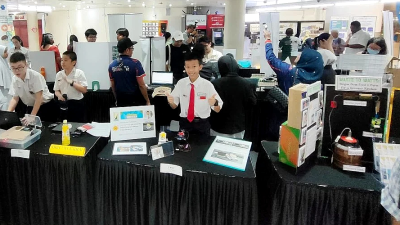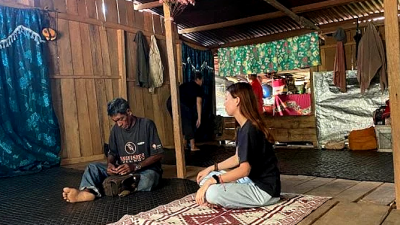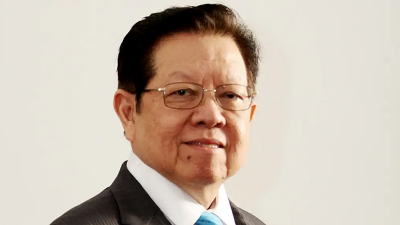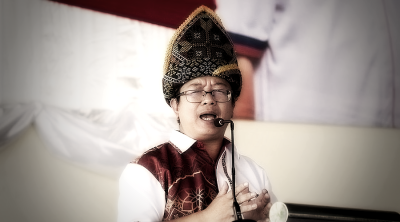
PENANG: In a rustic workshop about a century old and cluttered with racks of tIres, a stoic, white-haired man dressed in a T-shirt and shorts inspects his nearly finished trishaw.
Choo Yew Choon is a veteran craftsman of pedicabs and is said to be the last one still plying the disappearing trade on Penang island.
But he intends to retire in a few years.
Trishaws, or pedal-driven taxis, were once common in Malaysia and elsewhere in the region.
Their popularity has declined as modern transport systems were built in tandem with the region’s economic development.
“I plan to work until I am 70, then I plan to retire,” Choo, 66, told AFP from his tool-strewn shophouse.
“You need a lot of energy for making trishaws.”
As there is hardly any interest in using them for actual transport, Choo’s finished orders end up as decorations or collectibles.
The fourth generation in a family of trishaw builders dating back about a century, Choo took over in the late 1980s after his father suffered health issues.
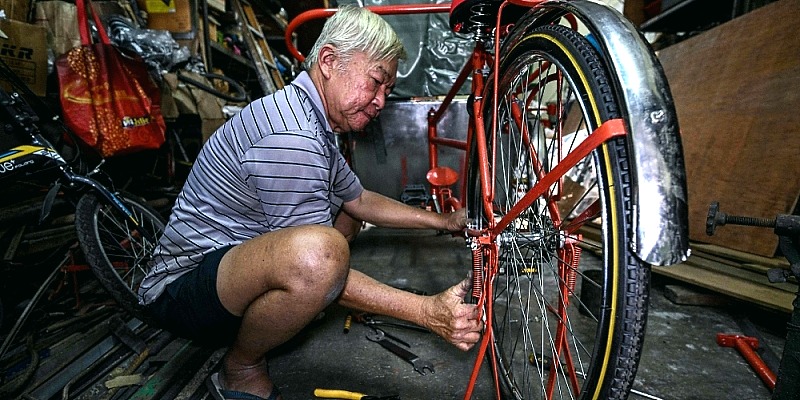
Already acquainted with fitting tire tubes as a teenager, he picked up the art of building frames from scratch.
The steel bodies of Choo’s machines are bent and welded piece by piece, along with each model’s wooden seating area, before being fitted with factory-made items such as the hubs and chain.
Choo said that when he works at full steam he can build a trishaw in about 20 days, but most of his creations take roughly six weeks.
He rolls out three to four pedicabs annually, selling them for RM7,500 each.
“I’ve no feelings. It’s just a job,” Choo, a man of few words, said when asked how he feels after completing a trishaw.
There are just over 130 trishaws in Penang, where they differ in style from the few dozen found in Melaka, where the vehicles remain popular among tourists.
Melaka’s trishaws are designed to have their rider sit beside their passengers, while Penang handlers pedal from behind.
None of Choo’s children are interested in trishaws, nor is he keen to teach them as it involves a lot of hard work and spare parts that are hard to find.
And he is looking forward to his retirement.
“Maybe I’ll go stay at my son’s house or go on holiday,” he said with a small grin.
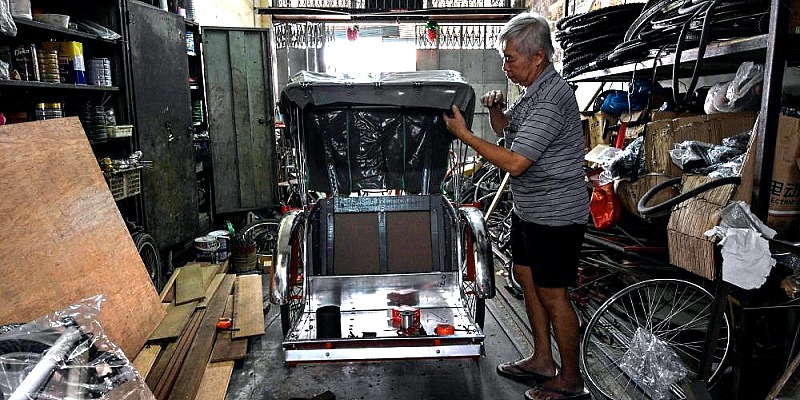
ADVERTISEMENT
ADVERTISEMENT






-3-400x225.jpg)


